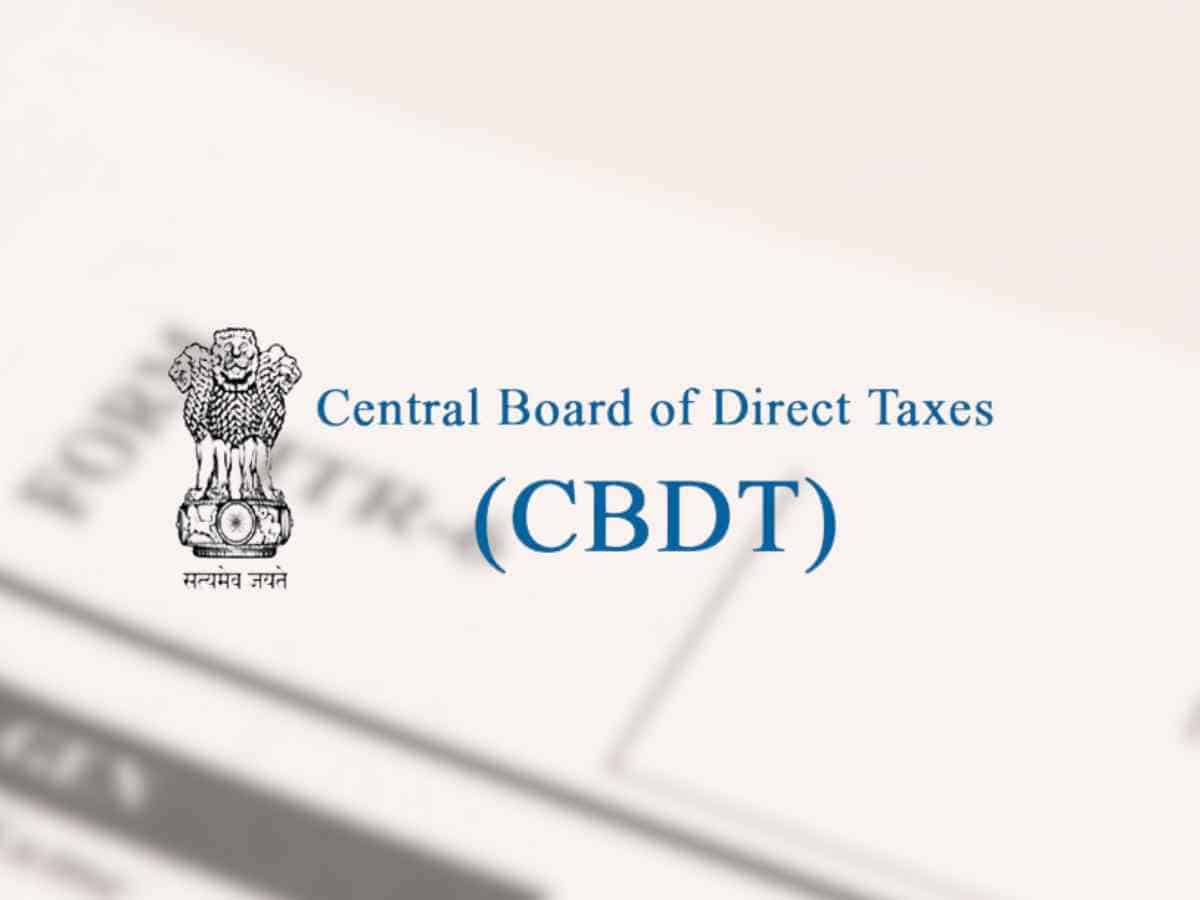CBDT notifies ITR forms,ITR-2 and ITR-3 for FY23-24
The taxpayers who are required to conduct income tax audits and have business income must file ITR-3 by October 31.

The Central Board of Direct Taxes has notified the income tax forms which comprise ITR-2 and ITR-3 basis which means entities, including individuals whose income exceeds Rs 50 lakh are required to share extra information while filing ITR using these forms for FY2023-24. The last date to file their ITR-2 and ITR-3 is 31 July 2024.
The taxpayers who are required to conduct income tax audits and have business income must file ITR-3 by October 31. Under the revised ITR-2, the income tax department has added a few more clauses such as the inclusion of Legal Entity Identifier [LEI] details, contribution details made to political parties, and deductions details for the maintenance, including medical treatment of a dependent with a disability.
While for ITR-2 some revised norms are listed like individuals or HUFs subjected to tax audits can now verify their ITR using the electronic verification code [EVC].
ITR-3 is for individuals and HUFs An LEI is a unique 20-symbol code used for identification in the global financial system. It is mandatory for crediting refunds exceeding Rs 50 crore. Meanwhile, Individuals and Hindu Undivided Families who do not have income from profits and gains of business or profession are required to file ITR using ITR-2.
Also, individuals eligible for ITR-2 must have the income of another person like a spouse, or minor child, and not have any individual nature of interest of salary, bonus, commission, or remuneration.who have income under the head profits or gains of business or profession and who do not qualify to file form ITR-1 [Sahaj], ITR-2, or ITR-4 [Sugam].
ITR-3 is for those who have income derived from profits or gains of business or profession. This includes income from self-employment, freelancing, consultancy, or any other form of business or professional activities. It is also meant for HUFs engaged in business or profession and generating income from such activities.